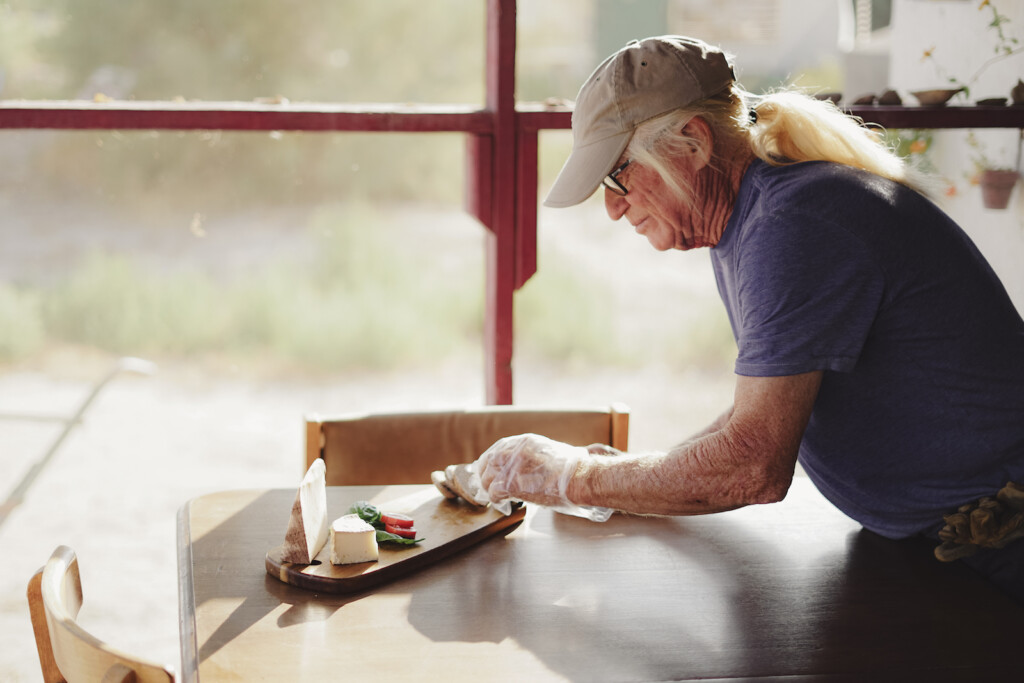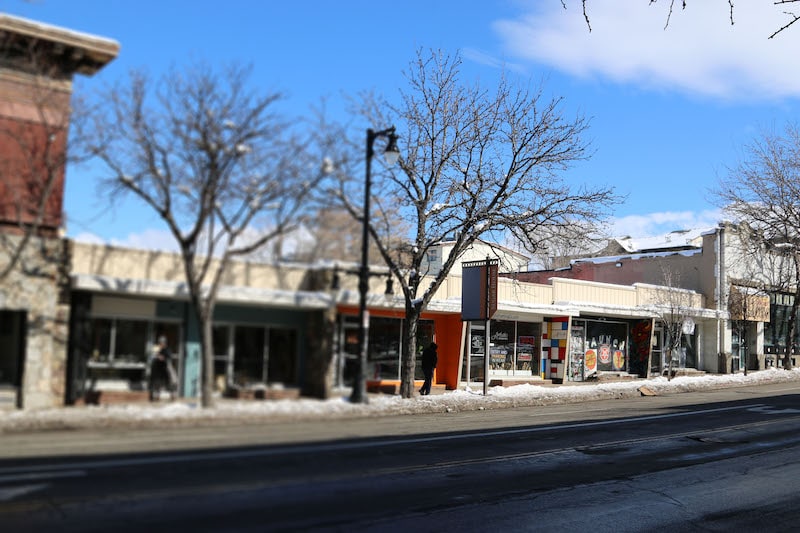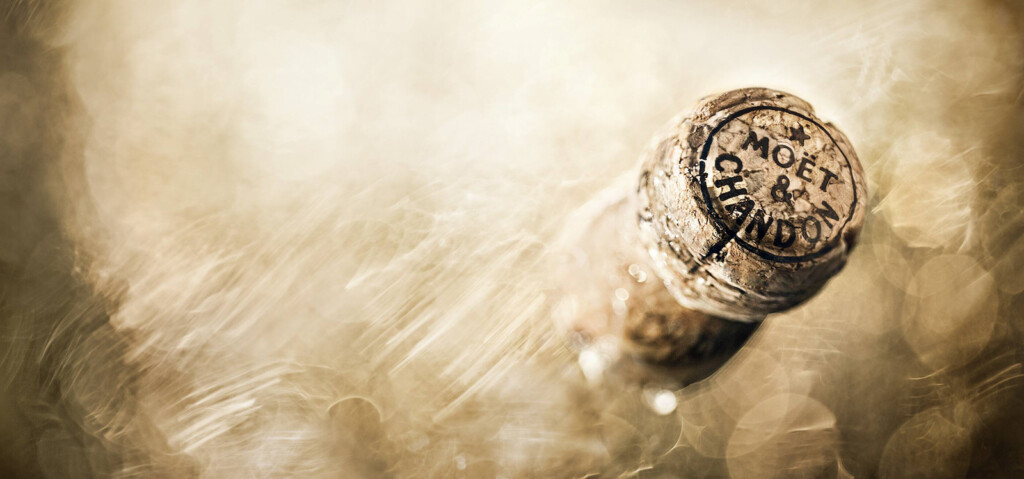
Utahns are a resilient lot, hearty and self-reliant. The Mormon Church teaches its members to be prepared in the event of a national or world-wide economic crisis, natural disaster, or other unforeseen calamity, and yet, in spite of advanced preparation by many of its citizens, Utah was one of the states hardest hit by the Great Depression of the 1930s—the result of a Stock Market crash on October 29, 1929.
In 1931, convinced that America’s worst economic downturn would be short-lived, politicians and church leaders tried to convince their followers that there would soon be an upturn in economic prosperity, but the situation continued to decline.
Although jobs were scarce, more women than ever before were looking for work and competing with men in a male-dominated society. Many school districts refused to hire married women, and single female teachers were forced to resign if they chose to marry during their employment.
As in the nation at large, Utah’s marriage and birth rates dropped to unprecedented levels as the divorce rate rose. Foreclosures and evictions forced thousands of Utahns into the streets, resulting in higher rates of crime and a growing transient population.
Tax sales were a common occurrence, and Utah families that had been dispossessed from their homes took up occupancy in encampments on any available piece of ground, creating tent cities known as Hoovervilles—a snide reference to Herbert Hoover, who was widely blamed for the economic collapse.
On February 23, 1933, Salt Lake County Sheriff Grant Young, along with several deputies, attempted to conduct a property tax sale at the City and County Building on State Street in Salt Lake City, even as a crowd of several hundred protesters tried to block the sale. After an appeal to disperse, deputies opened fire hoses on the crowd who quickly overwhelmed the deputies and turned the hoses toward the building instead, flooding the first floor and causing considerable damage to the structure.
That same afternoon, The Deseret News, after expressing sympathy for those who lost their homes, condemned the protest organizers, labeling them as “out and out Communists” for their rioting and unseemly behavior.
Other types of protests were frequent, including marches and moratoriums. Demands for public assistance, work programs instead of charity, unemployment compensation for laid-off workers, and lunch programs for children were commonplace, and many of these public demonstrations resulted in further violence.
Labor organizing saw its heyday in 1930s Utah, and coal miners, more than any other group, made significant strides in unionizing. During that same period, the Republican Party fell from grace in the Beehive State as Democrats rose from a minority party to dominate the political scene, where they remained in power until the late 1940s.
In 1936, the Mormon Church established the prototype of its current welfare plan which helped augment a multitude of better-late-than-never government relief programs, placing much-needed food on previously empty tables.
During the World War II years, with factories in full operation, and with the assistance of Roosevelt’s ‘New Deal,’ including a work relief program known as the Civilian Conservation Corps, employment, wages, construction, and corporate profits rose to exceed pre-Depression levels, returning Utah and America to prosperity once again. After more than a decade, America’s Great Depression was over at last.





